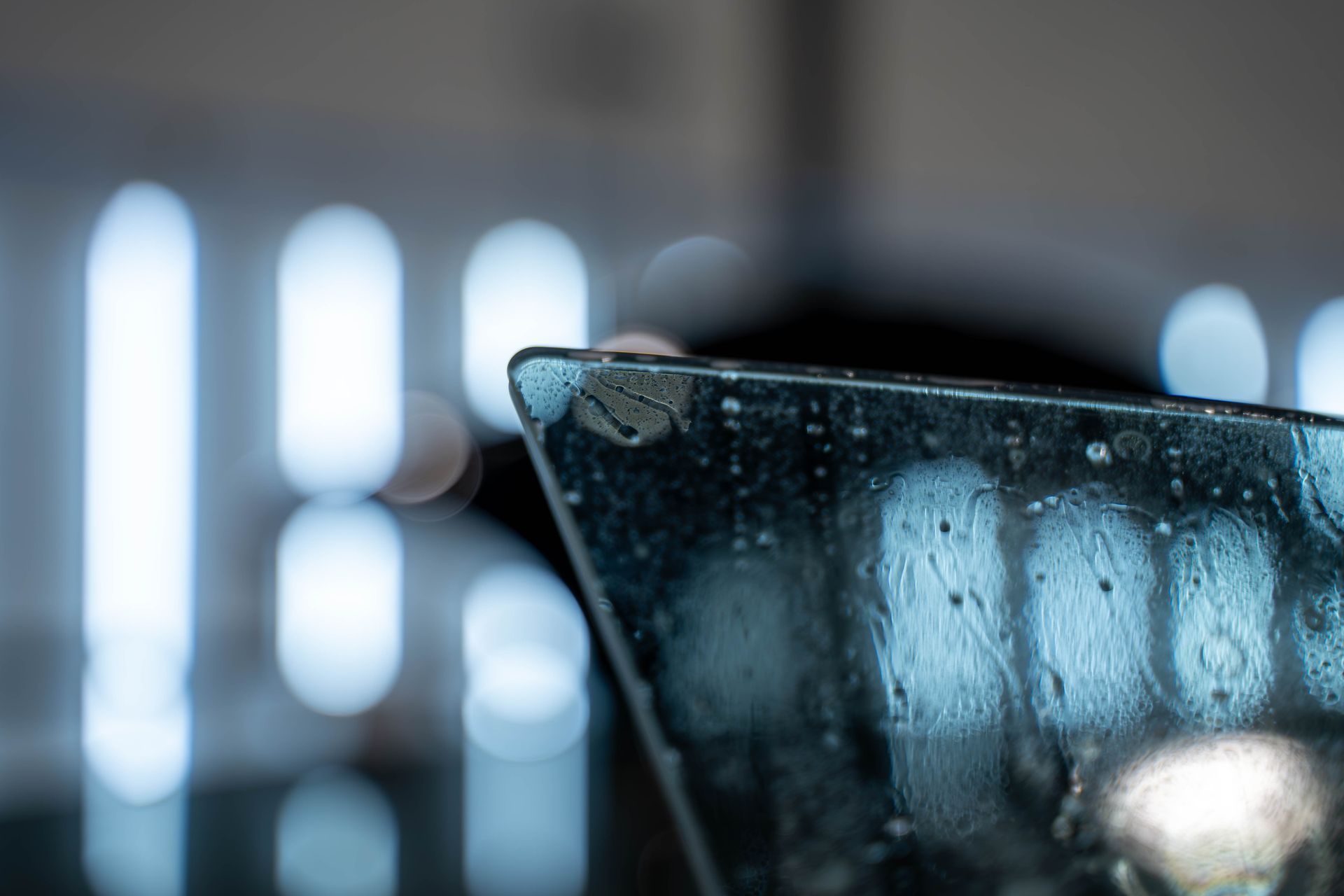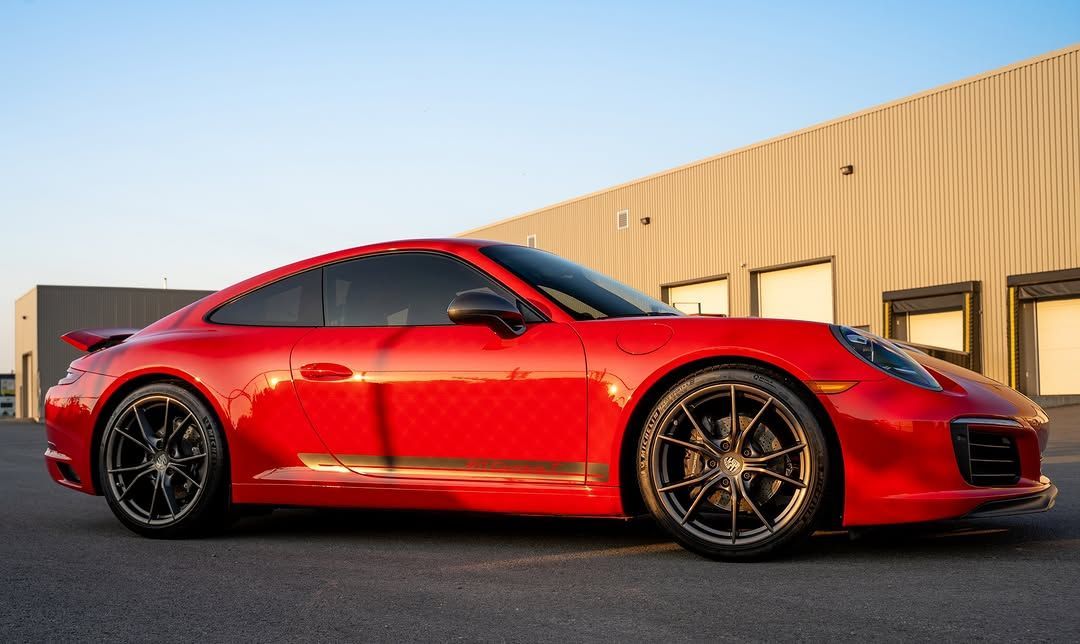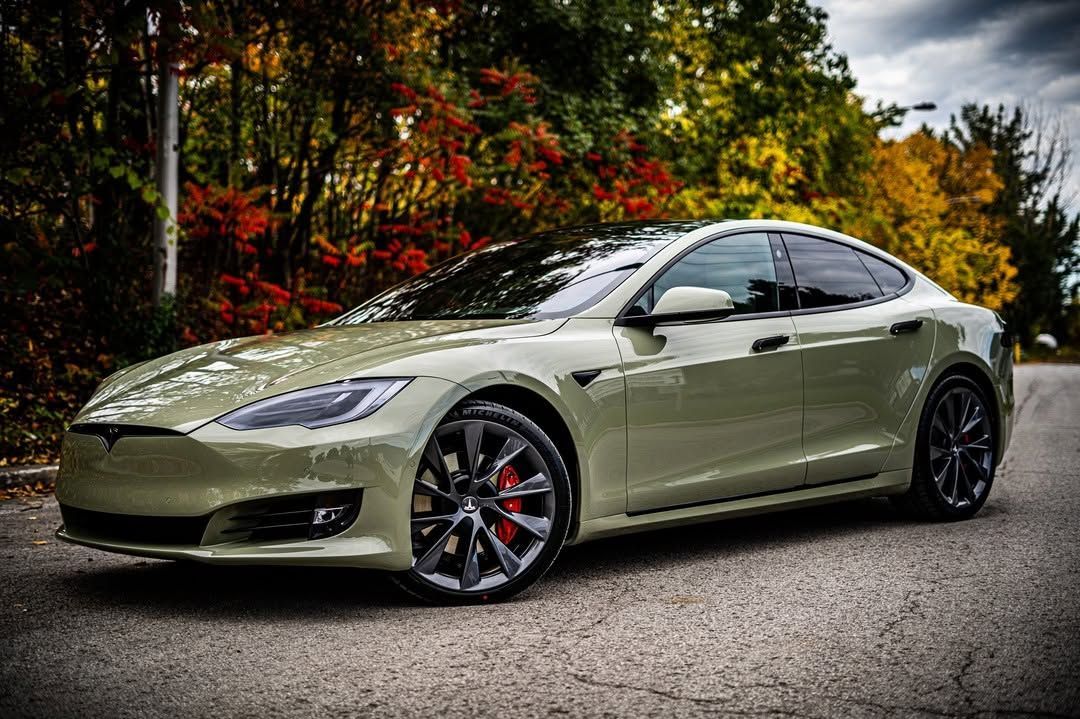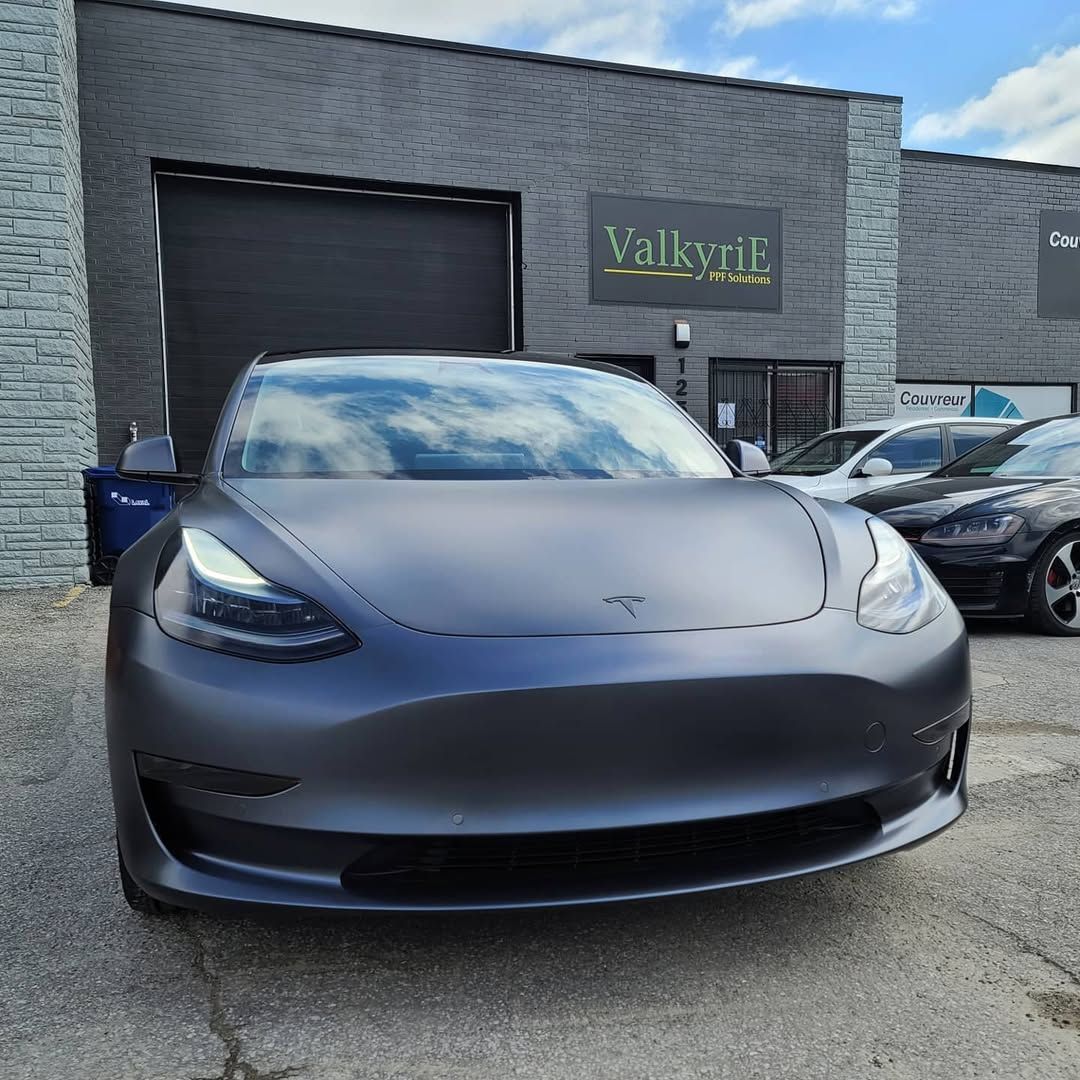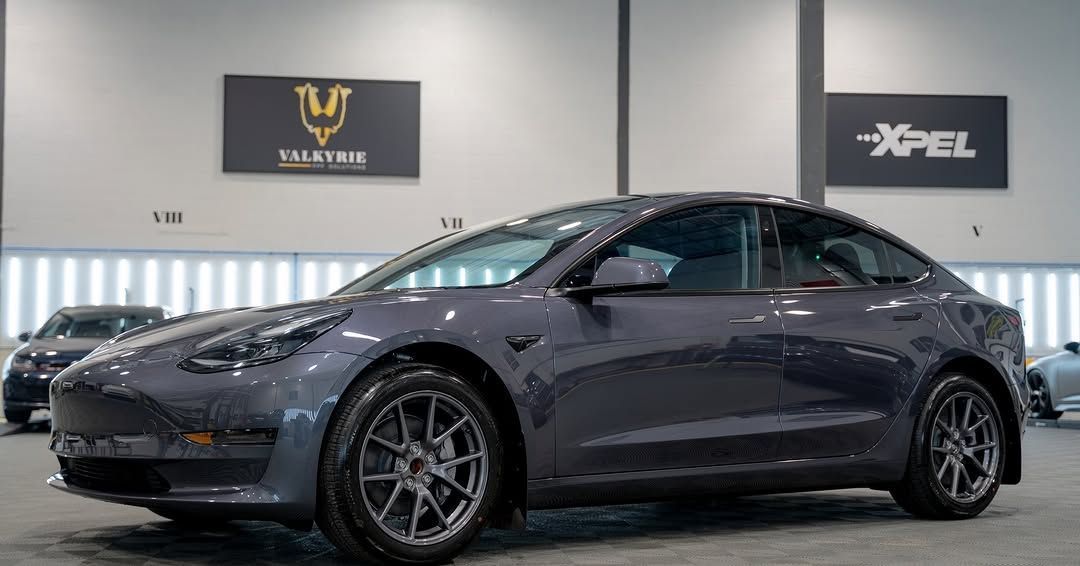Service Areas
Valkyrie PPF Solutions provides expert vehicle protection services with a team of trusted professionals in the Province of Quebec. Since opening our doors in 2019, we have specialized in ceramic coatings, paint protection film, window tinting, and various levels of pro-grade paint correction. As a trusted provider of Tesla accessories as well as Tesla-specific protection services, we pride ourselves on being a one-stop shop for these high-profile electric vehicles. From start to finish, you will get the best service for your vehicle with our team!
CALL (450) 936-2121
Get a Quote
Contact Info
solutions@valkyrieppf.com
1117 Montée Masson, Laval, QC H7C 0B6, Canada
Follow Us
Hours of operation
Monday - Thursday: 8:00 AM - 6:00 PM
Friday: 8:00 AM - 12:00 PM
Saturday - Sunday: Closed


